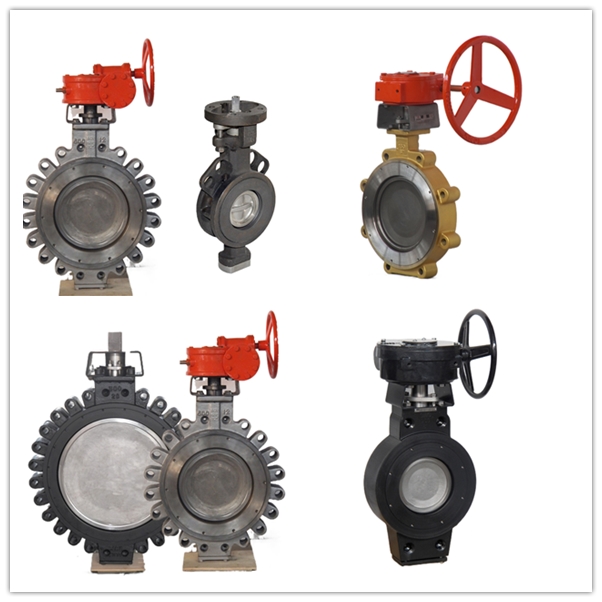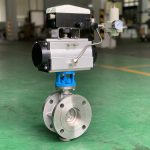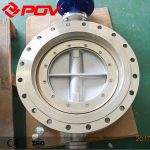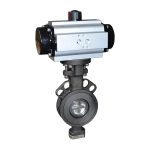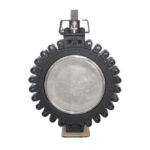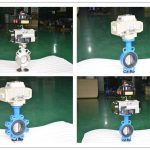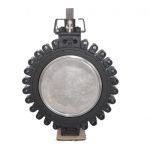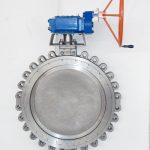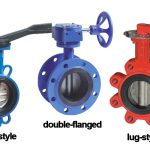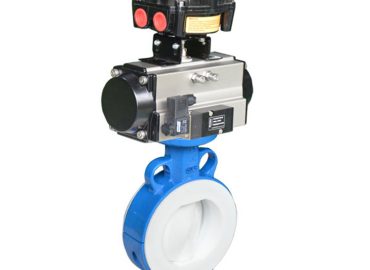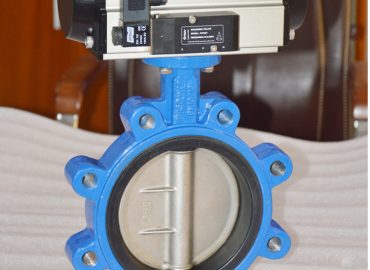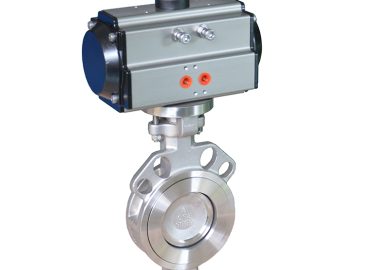High performance butterfly valves are vital components in fluid and gas control applications. Optimizing your system with the right type of butterfly valve can improve its performance, reduce costs, and prevent breakdowns. With several types of butterfly valves available in the market, choosing the right valve for your system can be a daunting task. Additionally, installing and maintaining butterfly valves are essential to ensure their long-term performance. Therefore, this blog post will provide five tips for optimizing your system with various types of high performance butterfly valves. These tips include understanding the different types of butterfly valves, choosing the right size, proper installation, maintenance, and choosing the right supplier. By implementing these tips, you can ensure that your system operates at its maximum efficiency, enhances productivity, and reduces downtime.
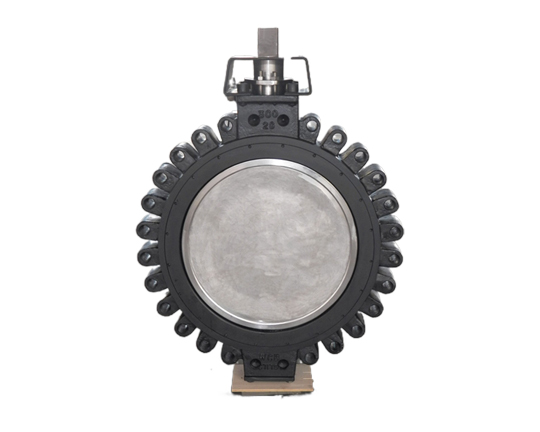
Introduction
Butterfly valves are used to regulate flow in pipes and tubes in various applications such as power plants, chemical processing, water and wastewater treatment, and HVAC systems. High performance butterfly valves are designed to perform efficiently in high-pressure systems, providing tight shutoff, high flow rates, and low leakage. Optimizing your system with high-performance butterfly valves can enhance system performance, reduce maintenance costs and energy consumption, and improve productivity. Choosing the right type of butterfly valve, installing it properly, and maintaining it regularly are critical to achieving optimal performance. Properly sized butterfly valves ensure the flow rate is adequate, leading to lower energy consumption and minimized pressure drop. Additionally, choosing a reputable supplier who will provide technical support whenever required is key to keeping your system running smoothly. Therefore, this blog post aims to highlight the importance of optimizing your system with high performance valves and provide five tips to ensure you get the best out of your system.
Types of Butterfly Valves
Different types of butterfly valves have unique designs and applications that make them suitable for different systems. Understanding the different types of butterfly valves can enable you to select the right valve for your system, which will improve performance and reduce maintenance costs. One type of butterfly valves is the high-performance butterfly valve, which is designed for high-pressure systems. It has a unique design that ensures efficient performance and high flow rates, making it ideal for applications that require tight shutoff. Another type is the double-offset butterfly valve, which has a reduced friction design that enables it to work efficiently in high-performance systems that require tight shutoff.
The design of the triple offset butterfly valve includes a metal-to-metal seal that makes it suitable for high temperature and high-pressure systems, such as chemical and petrochemical plants. The ubiquitous concentric butterfly valve has a disc that is centered in the pipe, making it suitable for low-pressure systems. Lastly, the eccentric butterfly valve has a disc offset from the center, giving it the ability to handle fluids with solids, making it ideal for wastewater treatment plants. By understanding the different types of butterfly valves, you can choose the right valve that matches the needs of your system, leading to better performance and reduced maintenance costs.
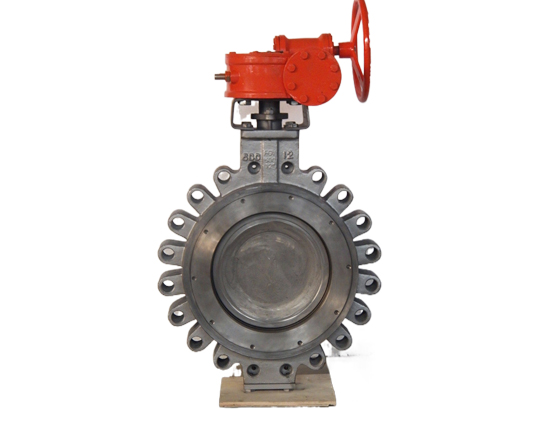
Choosing the Right Size
Choosing the proper size of butterfly valve is critical to the performance of the entire system. If the valve is too small, it cannot handle the required flow rate, leading to increased pressure drop, reduced flow rate, and decreased efficiency. A valve that is too small can cause a bottleneck in the system, restricting fluid flow, and leading to energy losses. Moreover, the flow velocity in the valve may be excessively high, which can cause erosion of the valve’s internal components, resulting in premature wear and tear. On the other hand, if the valve is too large for the system, it can lead to inefficient operation and increased costs. An oversized valve requires more torque to operate, leading to higher energy consumption and increased wear on the valve’s internal components. The large size can also cause the valve to vibrate, which can damage the valve and other components in the system. Therefore, it is essential to choose the right size of butterfly valve for optimal performance. Additionally, factors such as the pipe size, flow rate, pressure, and fluid viscosity should also be considered to ensure the best performance of the entire system.
Proper Installation
Proper installation of butterfly valves is essential to ensure their maximum efficiency and minimize the chances of leaks. Butterfly valve manufacturers provide detailed instructions for proper installation in the user manual provided with the valve. The installation process involves fixing the valve to the pipeline, connecting the actuator or actuation mechanism, and making sure the valve is correctly aligned. Proper installation ensures that the valve operates at its maximum efficiency, reduces energy consumption, and prevents leaks that could lead to loss of pressure, contamination, or damage to the system. Butterfly valves with actuation mechanisms require extra care during installation, ensuring that the actuator or actuation mechanism is properly attached to the valve. Improper installation of the actuator can lead to excessive torque requirements, which can cause damage to the valve. Moreover, the valve should be aligned correctly with the pipeline, ensuring that the valve disc aligns with the flow direction, preventing pressure drops and minimizing turbulence in the system. Regular inspection of the valve should also be done to ensure that there is no damage to any part of the valve. In summary, proper installation of butterfly valves is crucial for optimal performance, reducing maintenance costs, and prolonging the lifespan of the valve.
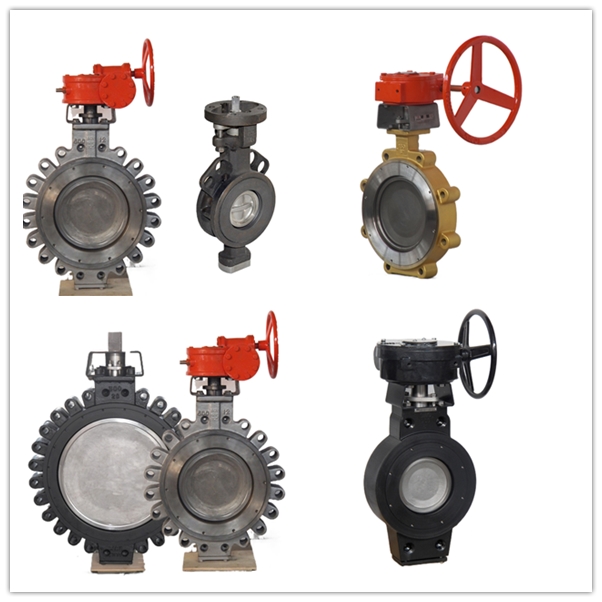
Maintenance
Regular maintenance of butterfly valves is critical to ensuring optimal performance, reducing the chances of breakdowns or premature wear and tear of the valve, and preventing leaks that could damage or contaminate the system. Key components that require maintenance include the valve disc, stem, seals, and the actuation mechanism. Cleaning the valve internals helps in removing any deposits, dirt or debris that might hinder optimal operation of the valve. Lubrication of the valve’s moving parts such as the stem bearings is essential in reducing friction within the valve and enhancing its lifespan. Additionally, regular inspection of the valve’s components is necessary to identify any parts that might be worn, corroded or leaking which need urgent repair or replacement. Inspection helps in addressing problems before they cause system failures and extend the useful life of the valve. Proper maintenance helps in reducing system downtime, minimizing costs, and prolonging the lifespan of the valve. Valve manufacturers provide guidelines on maintenance routines, which must be followed during maintenance to achieve optimal performance. In summary, regular maintenance is essential to ensure the correct operation of butterfly valves, reduce the chances of breakdowns, and extend their lifespan.
Choosing the Right Supplier
Choosing the right supplier is crucial when purchasing butterfly valves, as it affects the quality of the valves and the level of support that you will receive during and after installation. A good supplier should provide high-quality butterfly valves that are customized to meet the needs of your system. They should understand the technical requirements of the system and provide solutions that meet the operational challenges of the system. A good supplier should also offer assistance during installation, ensuring that the valve is properly installed and aligned, and the actuation mechanism is integrated correctly. Additionally, a good supplier should offer maintenance services, providing routine maintenance and support services to their clients. The benefits of working with a good supplier are numerous.
A good supplier will offer expert advice on the best butterfly valve solutions for different applications. They will help identify which valve will deliver optimal performance at the lowest cost possible. A good supplier will also offer top-quality products that are manufactured to meet the highest standards of quality and durability. They will work with you to identify the best valve based on your system’s technical requirements and budget. So, if you have any questions or technical issues throughout the process, you will have the support you need from a knowledgeable and dedicated team. Ultimately, working with a good supplier ensures that you receive the necessary assistance during installation, repair, and maintenance, providing peace of mind and ensuring the long-term performance of the butterfly valve.
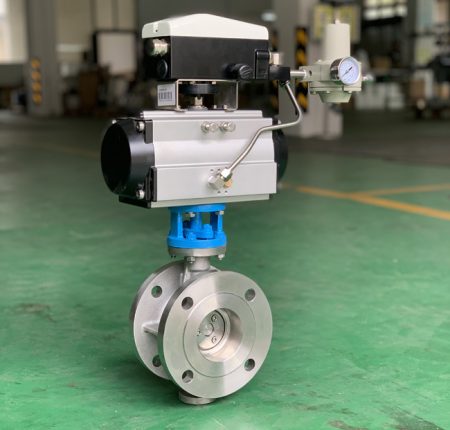
Conclusion
In conclusion, optimizing your system with high performance valve is essential to ensuring optimal performance, reducing maintenance costs, and achieving energy efficiency. In this blog post, we have highlighted the importance of understanding the different types of butterfly valves, selecting the right size, installing the valve correctly, and regular maintenance. We have also discussed the benefits of working with a reputable supplier that provides technical support, high-quality products, installation assistance, and maintenance services. By implementing these tips, you can enhance the performance of your system, reduce costs, minimize downtime, and maximize the efficiency of the system. To ensure optimal performance of your system, it’s important to consult with a specialist to help you select the right butterfly valve for your application. By selecting the right valve type and size, installing it correctly, and performing regular maintenance, your system will operate at maximum efficiency, reducing energy consumption and ensuring long-term performance. Therefore, we encourage you to implement these tips in your system to ensure that you get the best out of your butterfly valves, and for any queries, do not hesitate to contact a technical expert or reach out to a reputable supplier.


